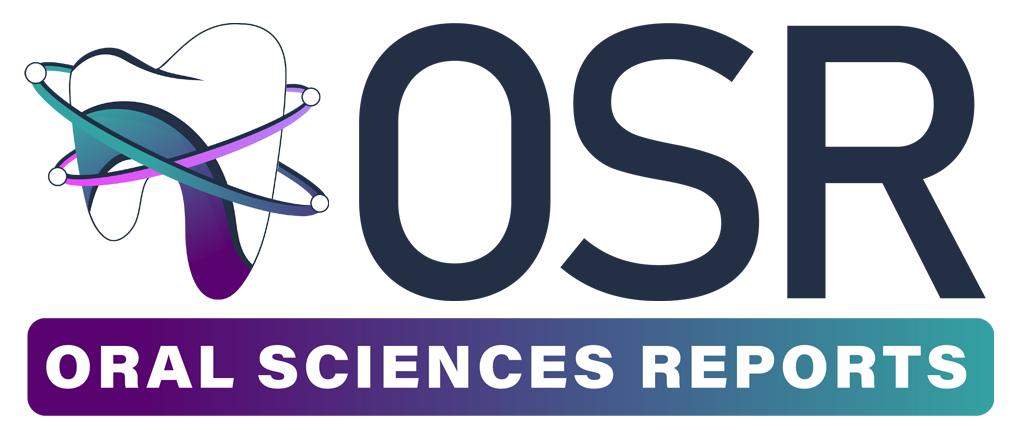Antifungal Activity and Cytotoxicity to Human Gingival Fibroblast of Terminalia Bellirica Compounds in Dichloromethane Fraction
The aims of this study were to evaluate anticandidal effect of Terminalia bellirica compounds in dichloromethane fraction on Candida albicans and to determine the cytotoxic effect on human gingival fibroblasts.
Dried Terminalia bellerica crude ethanolic extract was extracted by liquid-liquid extract technique. Fractionated ethanolic was separated into 5 fractions orderly by its polarity; hexane fraction, dichloromethane fraction, ethyl acetate fraction, butanol fraction and aqueous fraction. Antifungal activity against Candida albicans (ATCC 90028) of all fractioms was determined using disc diffusion method. In this study, the only dichloromethane fraction showed the effect against Candida albicans. Then, the lowest concentration of Terminalia bellirica compounds in dichloromethane fraction that exhibited anticandidal activity on disc diffusion assay was used as initial concentration in microbroth dilution. The results showed the minimum concentrations of Terminalia bellerica compounds in dichloromethane fraction that inhibited 96.51% and 99.93% of Candida albicans growth were 20 mg/ml and 25 mg/ml, respectively.
Gingival tissue samples were collected from 3 subjects. The gingival tissues were harvested during a surgical procedure of impacted tooth removal. Human gingival fibroblast cultures were obtained from gingival explants. The fibroblasts were cultured in cell culture medium without serum and treated with various concentrations of Terminalia bellirica compounds in dichloromethane fraction for 24 hours. Dichloromethane fraction-free wells were used as a control condition. Cells viability was determined by using the MTT solution and the optical density (OD) was measured using microplate reader (wave length 570 nm). The Terminalia bellirica compounds in dichloromethane fraction at concentration of 625 µg/mL was the maximum concentration that had no cytotoxicity on human gingival fibroblasts (p≥0.01) whereas the maximum fungicidal concentration of Terminalia bellirica compounds in dichloromethane fraction was 25,000 µg/ml. Thus, the dichloromethane fraction of Terminalia bellirica compounds need more studies for further be used clinically in oral medicine.
Neville BW, Damm DD, Allen CM. Oral & maxillofacial pathology. 4th ed. St. Louis, Saunders Elsevier; 2015.
Rajendran R, Sivapathasundharam B. Shafer's textbook of Oral Pathology. 6thed. India: Elsevier Pub; 2010: 363-364.
Vylkova S, Carman JA, Danhof AH, et al. The Fungal Pathogen Candida albicans Autoinduces Hyphal Morphogenesis by Raising Extracellular pH. MBio 2011; 2(3): 1-12.
McManus BA, Coleman CC. Molecular epidemiology, phylogeny and evolution of Candida albicans. Infect Genet Evol 2014; 21: 166–178.
Rao PK. Oral Candidiasis – A Review. Scholarly J Med 2012; 2(2): 26-30.
Schwalbe R, Steele-Moore L, Goodwin AC. Antimicrobial susceptibility testing protocols: United States of America on acid-free paper. Florida: CRC Press 2007.
Ahmed SH, Amin MA, Saafan AE, El-Gendy AO, Islam M. Measuring susceptibility of Candida albicans biofilms towards antifungal agents, Pharm Lett 2013; 5 (1): 376-383.
Kittiya C, Nantawan K. Essential extract extraction method and formulation of Antifungal cram from Cassia alata (L.) Roxb. Phitsanulok: Naresuan University; 2011, 5. (In Thai)
Nantawan B, Oranuch C. Ttraditional herbs 4. Bangkok: Department of Pharmacy Mahidol University, BIOTEC; 2000: 175-176. (In Thai)
Valsaraj R, Pushpangadan P, Smitt UW, et al. New Anti-HIV-1, Antimalarial, and Antifungal Compounds from Terminalia bellerica. J Nat Prod 1997; 60(7): 739-742.
Begum SA, Ray AB, Sahai M. Non-conventional Lignans: Coumarinolignans, Flavonolignans, and Stilbenolignans. Fortschr Chem Org Naturst 2010; 93: 1-70.
Jitjam P, Senaphan C, Aiumdee P, Keawjurat O, Pipatphatsakorn M. Antifungal activity of Terminalia bellerica fruit crude extract on Candida albicans. Naresuan Phayao J. 2015; 8(3): 159-162. (In Thai)
Elizabeth KM. Antimicrobial activity of Terminalia bellerica. Indian J ClinBiochem 2005; 20(2): 150-153.
Paul S. Solvent Miscibility and Viscosity Chart. The HPLC Solvent Guide. Wiley-Interscience; 2002.
Gilani AH, Khan AU, Ali T, Ajmal S. Mechanisms underlying the antispasmodic and bronchodilatory properties of Terminalia bellerica fruit. J Ethnopharmacol 2008; 116(3): 528-538.
Evans BA., Griffiths K, Morton MS. Inhibition of 5α-reductase in genital skin fibroblasts and prostate tissue by dietary lignans and isoflavonoids. J. Endocrinol 1995; 147: 295-302.
International Programme on Chemical Safety (1999) International Agency for Research on Cancer (IARC) 1999, 71: 251.
EURL ECVAM DataBase Service [URL of database on the Internet]. MTT assay. EURL ECVAM DataBase Service on ALternative Methods to animal experimentation (DB-ALM) [cited 2017 March 12] Available from: https://ec.europa.eu/jrc/en/scientific-tool/database-alternative-methods-animal-experimentation.
Sieuwerts AM, Klijn, JG. M., Peters HA, Foekens JA. The MTT Tetrazolium Salt Assay Scrutinized: How to Use this Assay Reliably to Measure Metabolic Activity of Cell Cultures in vitro for the Assessment of Growth Characteristics, IC50-Values and Cell Survival. Eur J Clin Chem Clin Biochem 1995; 33: 813-823.
